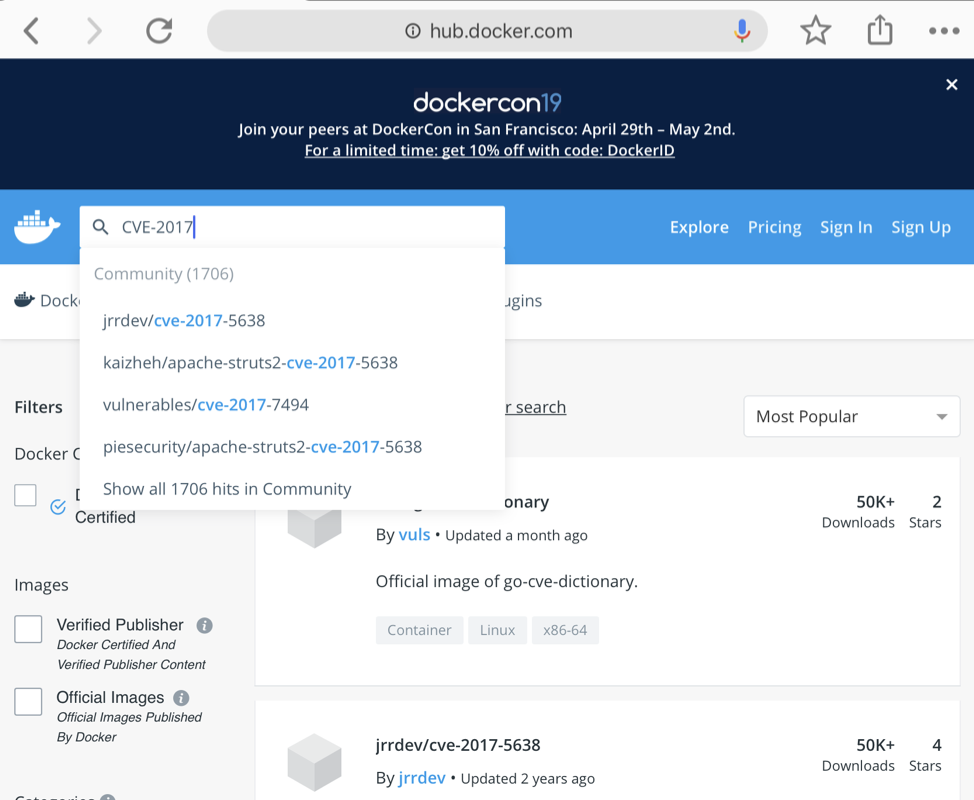
Now, to work with docker you will need to install docker-engine in your host. These containers are unique because they bring together all the dependencies of an application into a single package and deploy it. These applications are run using containers. Learn web application in Table of Contentĭocker is a third-party tool developed to create an isolated environment to execute any application. In this article, we will cover the installation and setup of the docker, along with its specific uses.

Docker services are extensively used in IT operations, so it is very important that you start learning from docker basics. Therefore, the Docker image resulting from the process is simply a read-only stack of different layers. Then, with a simple docker run command, we create and run a container with the Python service.Īn example of a Dockerfile containing instructions for assembling a Docker image for Python service installing finta is the following # set base image (host OS)įor each instruction or command from the Dockerfile, the Docker builder generates an image layer and stacks it upon the previous ones. The Dockerfile is then processed by the Docker builder which generates the Docker image. To generate a Docker image we need to create a Dockerfile that contains instructions needed to build the image. The way to get our Python code running in a container is to pack it as a Docker image and then run a container based on it.

Someone can explain me in easy steps how to do this ?

I understood that the Python module finta should be installed in my Docker containerĪnd NOT in my Windows system (it was easy "pip install finta" from console!).Įven if I tried to find a solution over stackoverflow and google, I do no understand how to do this step (install finta python module in freqtrade container).

This strategy requires Python module finta. Well, I started to have problems when I would had try this strategyįor freqtrade. Now, all freqtrade commands run using docker, for example this D:\ft_userdata\user_data>docker-compose run -rm freqtrade backtesting -config user_data/ -datadir user_data/data/binance -export trades -stake-amount 70 -strategy CryptoFrog -i 5m My Docker knowledge is very poor, I have Docker installed only because I would use freqtrade, so I followed this simple HOWTO


 0 kommentar(er)
0 kommentar(er)
